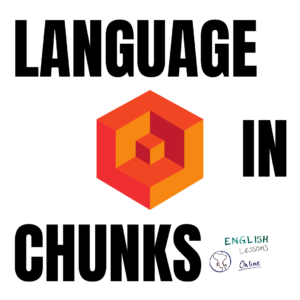An example of a chunk is the phrase “Under no circumstances“. This phrase is invariant, which means these two instances are wrong:
›under a circumstance*
›under circumstances*
There are other possible options, but these ones, even if they are grammatically and syntactically correct, are very unlikely to be heard. This also means that the probability of appearance of ‘under no‘ followed by ‘circumstances‘ is higher than the probability of, say, ‘three‘ followed by ‘circumstances‘.



